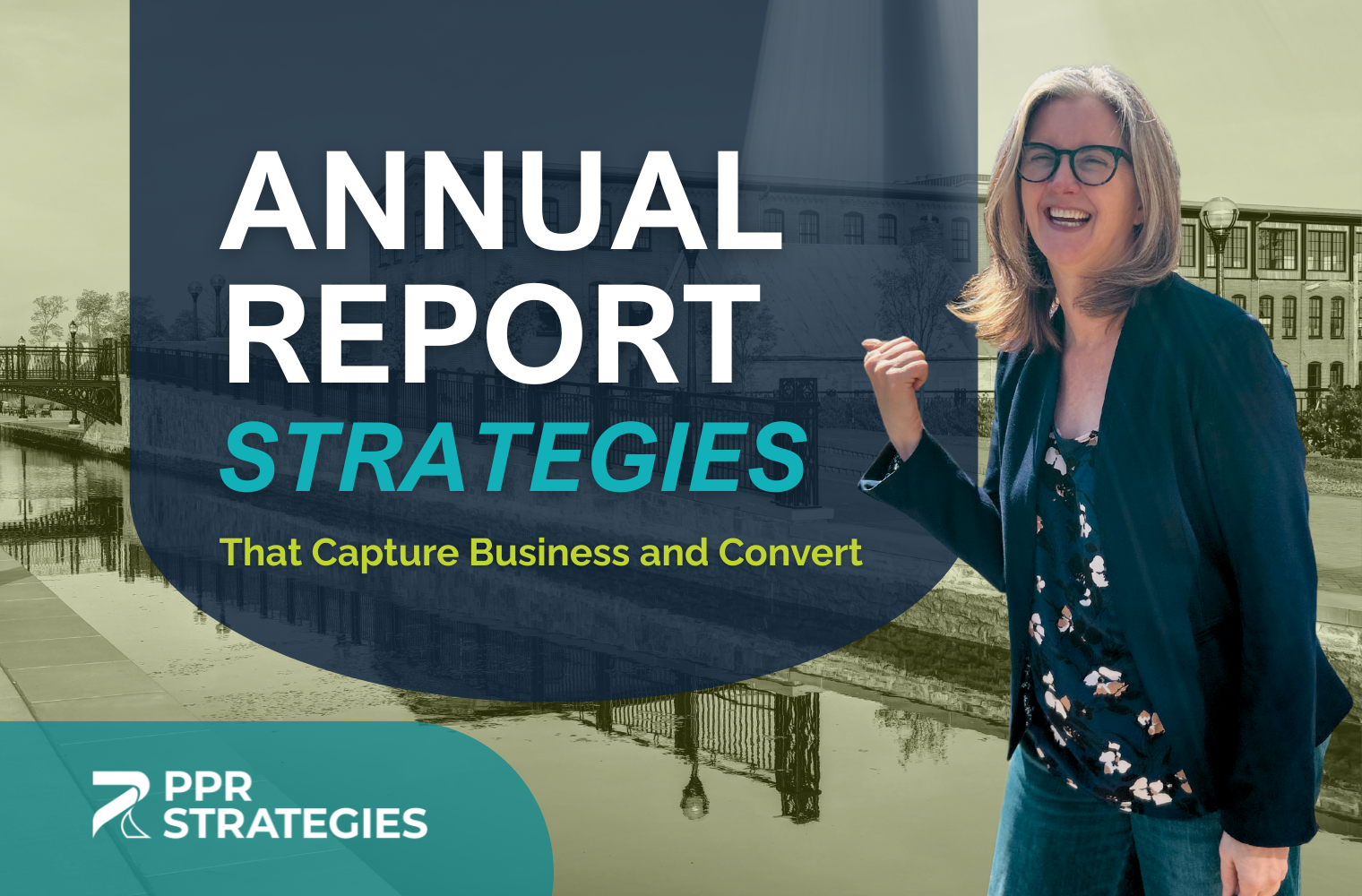In our last blog post, we talked about the value of hiring interns and how to find the most qualified interns for your organization.
Today, we’ve got tips on how to structure and oversee your interns. First, we’re happy to introduce our three new summer interns to you. 🙂
Caleigh is studying Business Communication at Stevenson University, with a minor in fashion merchandising and graphic design. Anahit is studying Business Administration at University of Richmond, with concentrations in Marketing and Management Entrepreneurship.
Marina is a student at Virginia Tech, studying sociology and creative writing. Marina is also legally blind, and she’s working on a special project with Sandy to research how economic development organizations are supporting the deaf and blind community and what they can do better. (If your organization does anything to support the deaf and blind community, hit reply to be a part of our special project!)

Caleigh, Anahit and Marina
What Kinds of Projects to Give to Interns
A key part of creating a successful internship experience is giving the interns real work to do so that they directly contribute to projects. Our approach starts with building the internship around the intern’s desired skill set/focus. Within our organization, that might be marketing, public relations, podcasting, social media, writing, or another area of our expertise.
Some interns are very clear on the area they’d like to focus on and others are looking for exposure to everything. We don’t expect them to have these skills fully developed before interning with us – the purpose of the internship is to help them grow their skills!
We give our interns daily and weekly tasks as well as semester-long projects so that they can see the longevity of projects over time. When finding tasks for your intern to focus on, it’s important to remember that the interns are only there temporarily. They should only be given projects that they can complete during their allotted time as an intern. Don’t make the mistake of handing your Instagram account over to an intern and then scrambling to maintain it once they’re gone!
3 Ways to Structure Internship Positions
1. In-person internships – With in-person interns, you can give them work to do that’s needed on the spot or by the end of the day. You’re able to rely on them to get time-sensitive work done, and you can easily answer their questions and oversee their progress during the day.
An in-person opportunity gives an intern the chance to build professional and interpersonal skills that can’t always be built over a Zoom call. They have to show up for work hours, collaborate within a team, and regularly communicate with team members and supervisors. This gives them a great insight into what it’s really like working in an office.
2. Remote internships – Remote internships are exactly what they sound like: the intern is working 100% remotely and all of your communication takes place over phone, email, or Zoom/video meetings. A remote internship can be a great option for busy college students (or that talent that wants to live anywhere – even abroad, like our new intern Anahit).
One benefit of bringing in remote interns is that it allows you to pick from a wider pool of candidates and location doesn’t have to be a factor for opportunity. Remote internships also don’t require any in-person infrastructure like having a desk, which is especially helpful for an organization working in a small office.
In other cases, like an intern with certain disabilities, an intern might not be able to drive, and remote internships are a great alternative for them.
To keep remote interns connected and in communication with the rest of the team, you can invite them to join weekly team meetings (via Zoom). As needed, a team member can meet with them over Zoom to discuss, review, or clarify projects.
3. Hybrid internships – With a hybrid internship, an intern is working a combination of remote and in-person hours, so they get some of the benefits of each type of internship. When they’re in the office, you can give them work to complete during the day, and they’re also given work to complete during their remote hours.
Hybrid internships can be a great option for the busy college student who isn’t always able to come into the office, but would like to get some in-person experience.
The Benefits of Offering a Stipend
If you’d like to open your internship up to a diverse population, it’s important to understand that not everyone comes from a place of privilege that they can work for free for three months. By putting a dollar value on their time, even a nominal amount, you’ll get a broader and more diverse applicant pool. The intern is also more likely to treat it like a real job if they’re being paid a stipend. If you do offer a stipend, be aware of state minimum wage and unemployment laws.
Monitoring the Success of An Internship
When it comes to monitoring the success of an internship, we’ve found that it’s subjective to each person. The intern ultimately needs to feel that their time was well-spent and that they built their skill set, while also being helpful to the organization. During their time as an intern, take time to review the work they submit and look for growth in their position, competency within their skill set, and quality and improvement over time.
Hiring interns is a powerful way to give back, gain great support within your organization, and invest in the next generation of the workforce.
Reimagining Places With You,
The PPR Strategies Team








